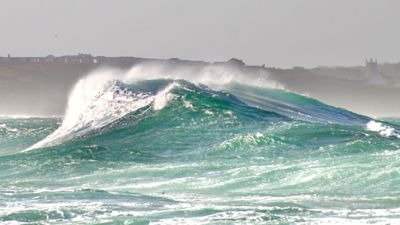The Mayflower crossing - what were forecasts like in the 17th Century?

People have been forecasting the weather in some shape or form for centuries but weather forecasting in its current state has only been around for a few decades. The idea of forecasting the weather came about officially in 1854 when Admiral Robert FitzRoy began the idea of a Meteorological Office. The first published forecast was in The Times on 1 August 1861.
Imagine then, crossing the Atlantic at the start of autumn back in 1620 on a sailing ship with no real clue about what was in store. Plymouth historian, Chris Robinson, has the following reflection:
Any form of weather forecasting would have been based on lore; reading the cloud formations, watching the sky change, animal behaviour and experience of the seasons. However, they would have been at the mercy of the open ocean for more than 3000 miles and over two months. That length of forecast wouldn't be possible today!
Weather forecasting is now a fundamental part of our daily lives, helping us decide what to do for the week ahead, and often beyond. That's thanks to over 200 billion observations from land, air and sea every day, plus class leading computers that can do 14,000 trillion calculations a second. Of course, thankfully, a human brain still helps to distill all that into something useful for you to read or watch so you can have your own adventures!